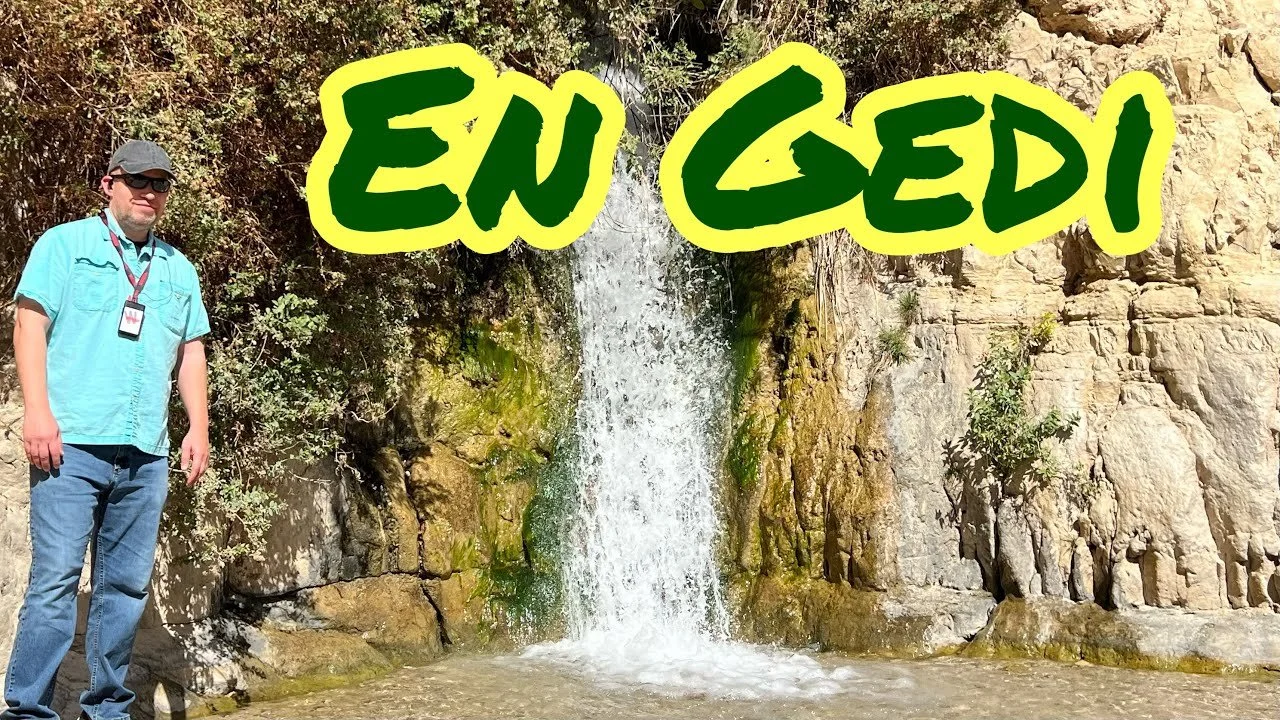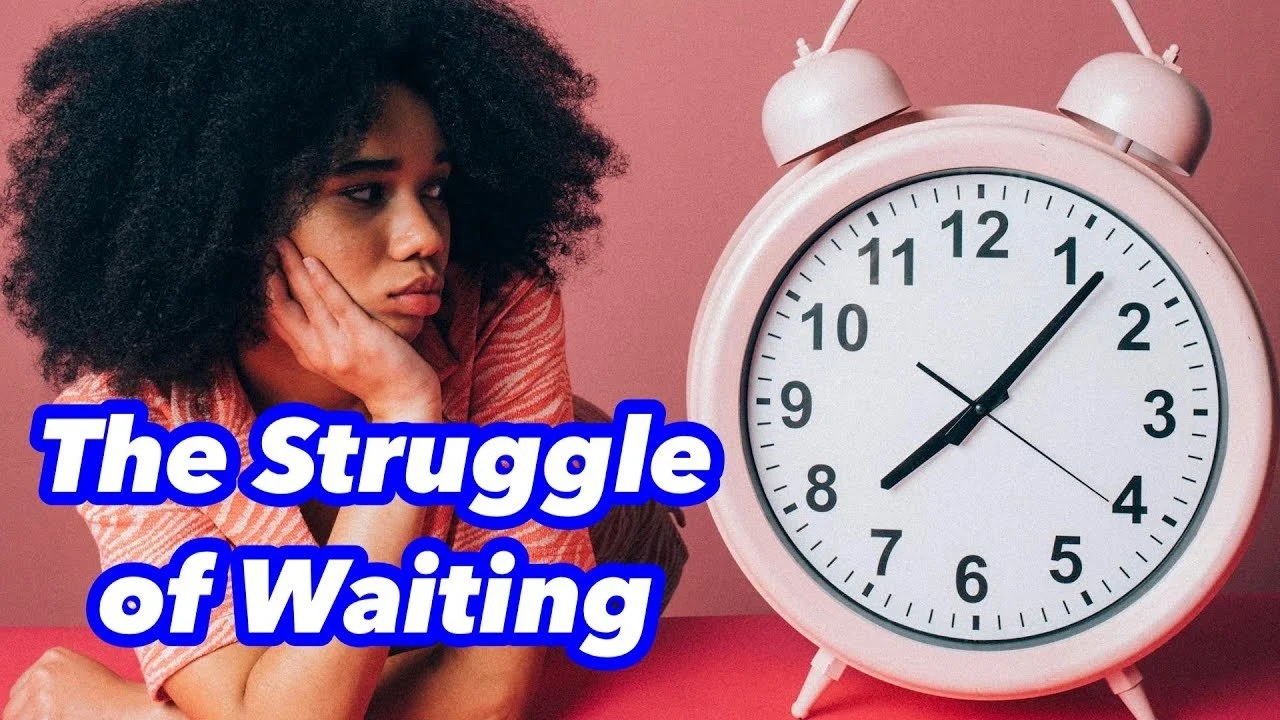World Banknote Collection: North America and Central America
By Shaun Shuler
Traveling has always been a passion for me, but I haven’t had as many opportunities to travel abroad until I married my lovely wife, Genette, who was born in the Philippines.
On one of our trips to the Philippines to visit the family, we had a layover in Japan. Once I converted my American dollars to some Japanese yen, I decided that day, to start collecting paper money from around the world. This collection not only feeds my desire to travel more when I can, it also complements another passion of mine - History.
Being that I have only been to 7 places outside of the USA, I would need to find other ways to grow this collection. So I began hitting all of the currency exchange places in airports, and also placing orders online. I’ve been able to collect over 100 banknotes from countries all over the world and I want to share this collection with all of you.
1st up is North American and Central American banknotes. On this list I have only been to 3 of the possible 10 countries, the US (where I live), Mexico, and Honduras.
As keen observers, you will notice that I have only 9 banknotes in this article. This is because Panama doesn’t have their own banknotes, officially they only use US dollars. They do have their own currency, the Panamanian Balboa, but it is only in coin form. In 1941, the Central Bank of the Republic of Panama did print and issue Panamanian Balboa
banknotes, but a week later after a coup, the new president closed the bank and burned all the banknotes he could. The few banknotes that did survive are now known as Arias Seven-Day Notes.
North American Banknotes:
1 United States Dollar
On the front of the bill is the 1st President of the United States George Washington.
On the back right-side of the bill is one side of the Great Seal of the United States depicting the National bird, the Bald Eagle, with the Latin phrase E Pluribus Unum (Out of many, one). On the back left-side is the other side of the Great Seal of the United States depicting a pyramid with 13 layers, representing the original 13 colonies. The top of the tringle with the eye is called the Eye of Providence and represents the eye of GOD watching over humanity. The Latin phrase above the pyramid Annuit Cœptis (He has approved our undertakings) and below the pyramid Novus Ordo Seclorum (a new order of the ages).
The bill in its current form was released in 1929 and is still in circulation.
How was the bill acquired? I live in the US.
10 Mexican Pesos
On the front of the bill is hands holding ears of corn (maize) and Emiliano Zapata who was one of the leaders during the Mexican Revolution from 1910-1920.
On the back of the bill is Zapata on a horse.
The bill was released in 1994 but removed from circulation in 2002.
How was the bill acquired? Went to Mexico in 1995.
As of March 2020:
10 Mexican Pesos = $0.52 US Dollars
5 Canadian Dollars
On the front of the bill is Sir Wilfrid Laurier who served as the 7th Canadian Prime Minister from 1896-1911. He was known for getting the French and English-speaking Canadians to become more unified and for leading Canada to become less dependent on Britain. In the hologram is the Mackenzie Tower, which is part of Parliament Hill in Ottawa, the capital of Canada.
On the back of the bill is an astronaut working with the Dextre attached to the Canadarm2 which are robotic arms that are part of the International Space Station.
The bill was released in 2013 and is still in circulation.
How was the bill acquired? Went to Canada in 2009 but I lost the banknote I had. When my sister Paige went to Canada in 2014, she came back home with this banknote.
As of March 2020:
5 Canadian Dollars = $3.73 US Dollars
Central American Banknotes
1 Honduran Lempira
On the right front of the bill is Chief Lempira from the 1500's who led a revolt against the Spanish. On the front left of the bill is the coat of arms of Honduras which says Republic of Honduras Free Sovereign and Independent and represents its independence from Spain in 1821.
On the back of the bill is the ancient Mayan city of Coban and between 400 AD and 900 AD was a key city for the Mayans.
This bill design started in 1980, and this specific bill was printed in 2003 and is still in circulation.
How was the bill acquired? Went to Honduras in 2005.
As of March 2020:
1 Honduran Lempira = $0.04 US Dollars
1 Guatemalan Quetzal
On the front of the bill is Jose Maria Orellana Pinto, who was president of Guatemala from 1921-1926. He introduced the quetzal as the country’s currency. The currency is named after the Guatemalan National Bird the resplendent quetzal which is also on the front of the bill. The bird is also found on the Guatemalan flag and the country’s coat of arms. The Mayans used the tail feathers of the resplendent quetzal as one of many forms of currency between 250 AD and 900 AD.
On the back of the bill is the Central Bank of Guatemala.
The bill in its current polymer form was released in 2007 and remains in circulation.
How was the bill acquired? My wife purchased it online.
As of March 2020:
1 Guatemalan Quetzal = $0.13 US Dollars
1,000 Costa Rican Colones
The Costa Rican Colon is named after Christopher Columbus.
On the front of the bill is Braulio Carrillo Colina who was Head of State 1835 to 1837 and 1838-1842. Despite declaring independence in 1821 from Spain, Costa Rica became a sovereign nation in 1838 under Colina.
On the back of the bill is a guanacaste or elephant-ear tree with a deer standing near it. Along the sides of the back of the bill is the pitaya or night blooming cactus. The cactus is only found in Costa Rica and Nicaragua.
The bill in its current polymer form was released in 2009 and is still in circulation.
How was the bill acquired? I purchased online.
As of March 2020:
1,000 Costa Rican Colones = $1.75 US Dollars
2 Belizean Dollars
On the front of the bill is the Queen of England, Elizabeth II, because Belize is a member of the British Commonwealth, and she is the Head of State. Prior to becoming Belize in 1973, it was known as British Honduras from 1862-1973, then in 1973 the name was changed to Belize, but did not become independent until 1981. Also, on the front is some triggerfish and on the far-left is a stela, which is a stone banner used by the ancient Mayans.
On the back of the bill is Mayan ruins around the country. Altun Ha, Xunantunich, and Lubaantun are 3 ancient Mayan cities.
The bill was released in 1983 and is still in circulation.
How was the bill acquired? I purchased online.
As of March 2020:
2 Belizean Dollars = $0.99 US Dollars
10 Nicaraguan Cordobas
On the front of the bill is the Fortress of the Immaculate Conception along the San Juan River. It was built in 1672 and was used to defend against foreign invaders.
On the back of the bill is Hacienda San Jacinto which was a farm where a national battalion defeated the more powerful American Filibusters led by William Walker. The Filibusters were a mercenary army trying to take over Nicaragua with the idea to annex it to the United States.
This version of the bill was put in circulation in 2007 but changed to a newer beginning in 2015.
How was the bill acquired? I purchased it online.
As of March 2020:
10 Nicaraguan Cordobas = $0.29 US Dollars
10 El Salvadoran Colones
On the front of the bill is Christopher Columbus and is who the Colon was named after.
On the back of the bill is the Izalco volcano. It was nicknamed the Lighthouse of the Pacific when it was having ongoing eruptions from 1770 to 1958. Last eruption was in 1966.
The bill was printed in 1998 but removed from circulation in 2001 where El Salvador now uses only the US Dollar. Interestingly many of the colones that were printed had 2 different dates on them. The 10 El Salvadoran Colon (pictured above) is dated June 1998 on the front, and March 1998 on the back.
How was the bill acquired? I purchased it online.
As of March 2020:
10 El Salvadoran Colones = $1.14 US Dollars
Tune in next time when we visit the Caribbean and their banknotes that I have.
Thank you for visiting and please leave any comments, questions, prayer requests, or ideas for new topics you’d like for me to discuss in the comment box below.
Disclosure: Below is an affiliate link, meaning at no cost to you, I will receive a small commission if you click the item below and make a purchase.
Check Out More Articles



















